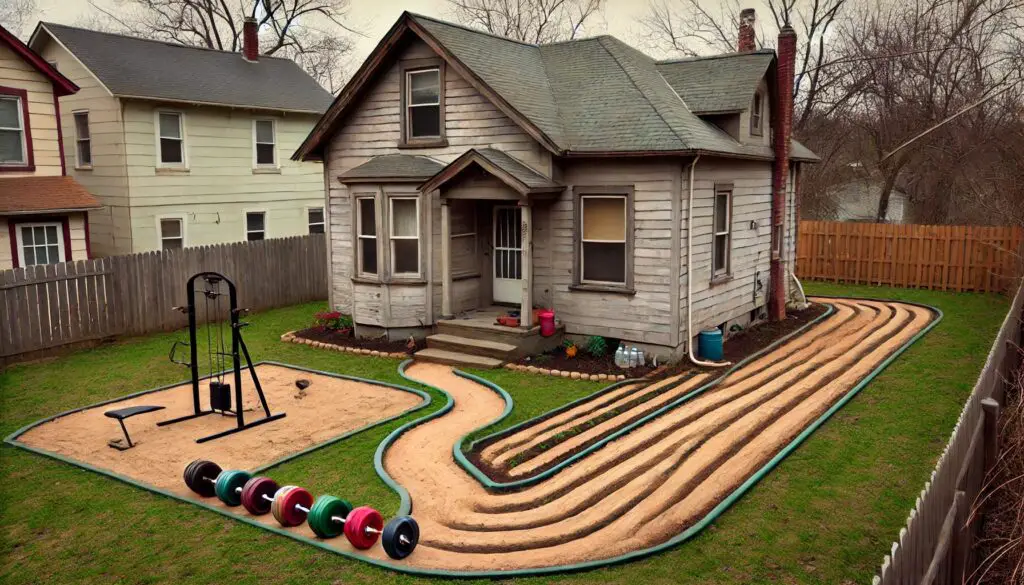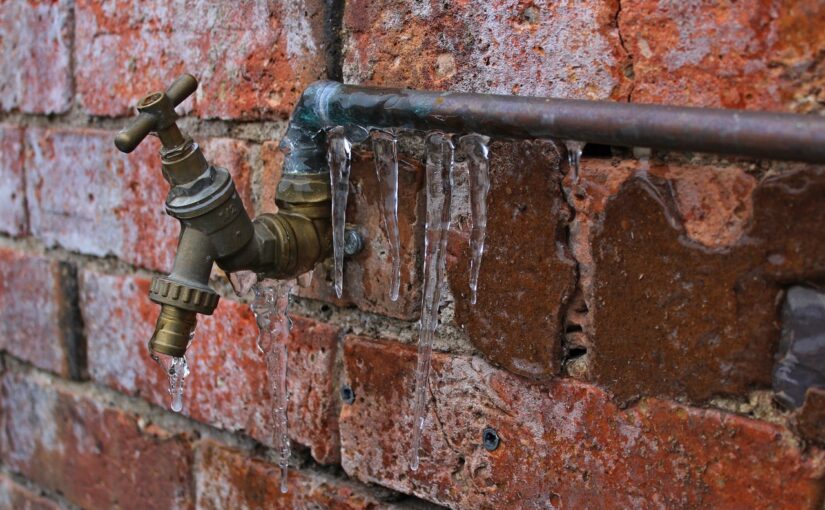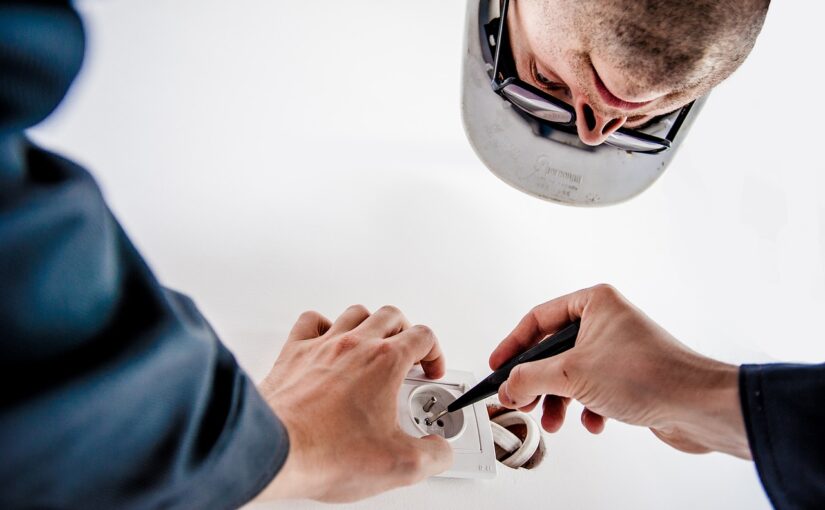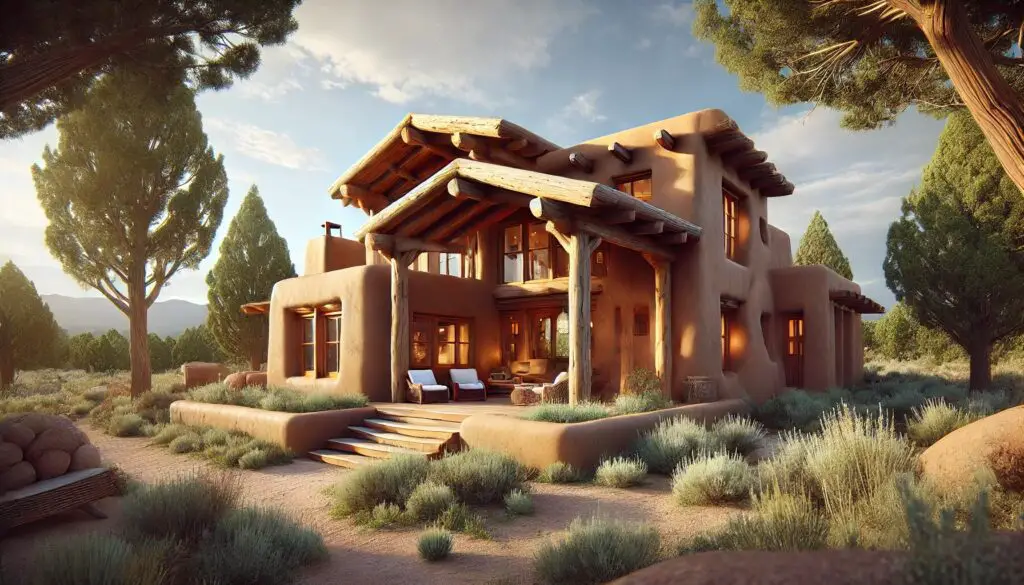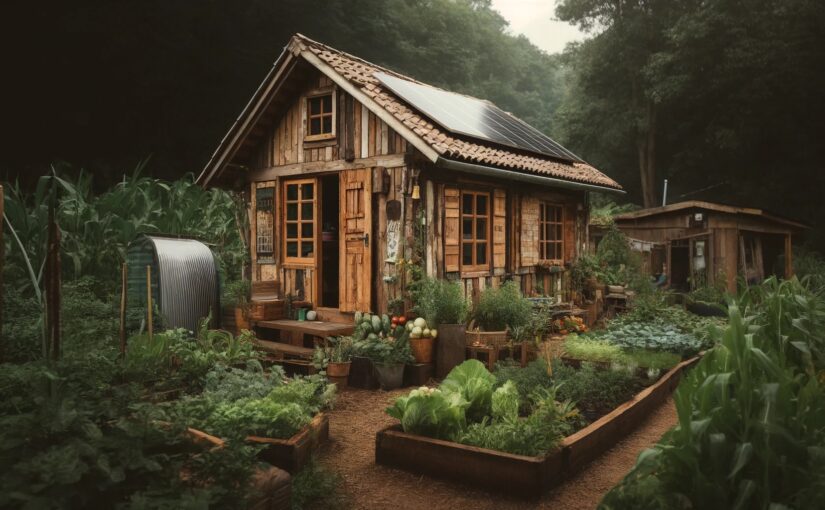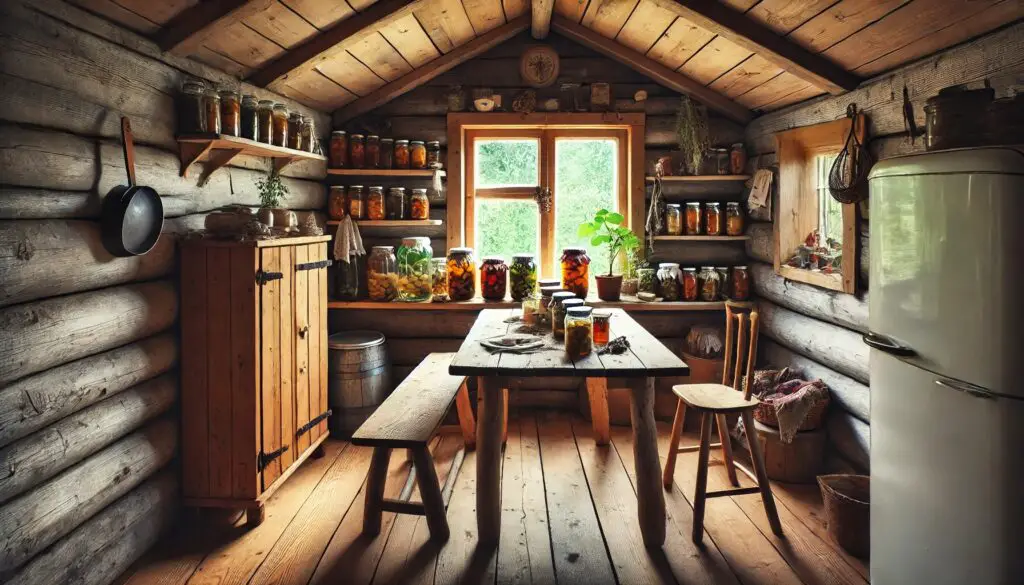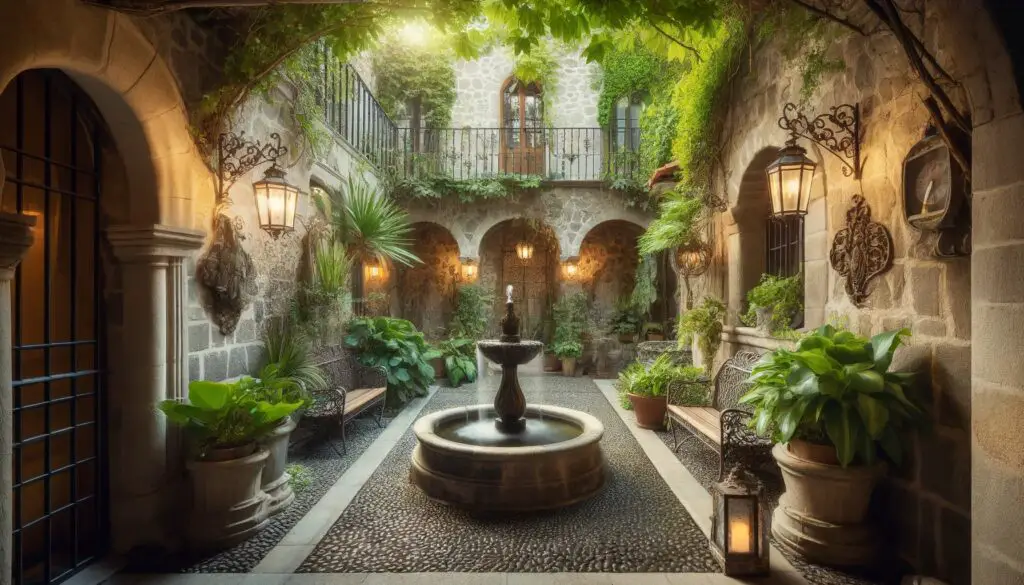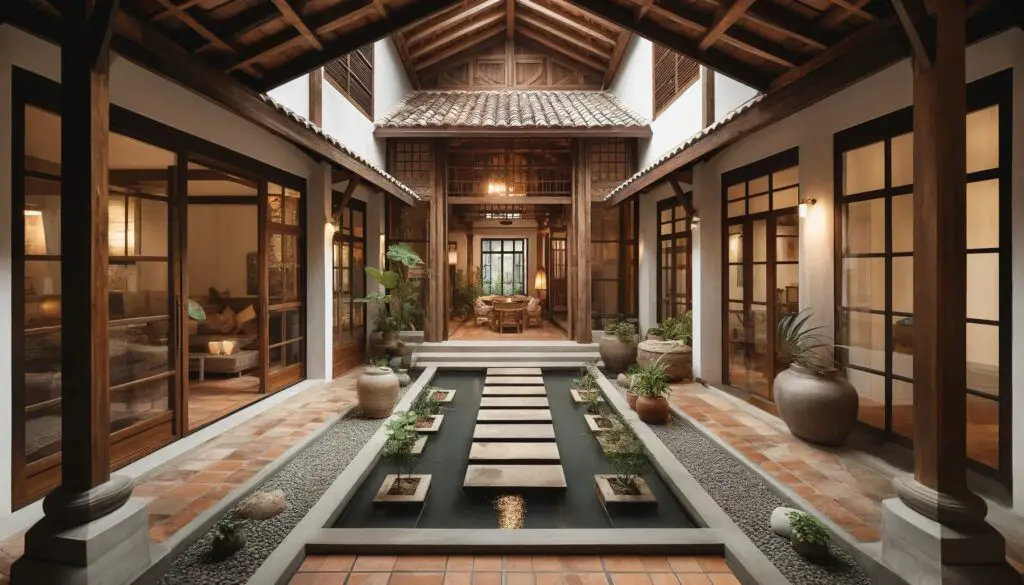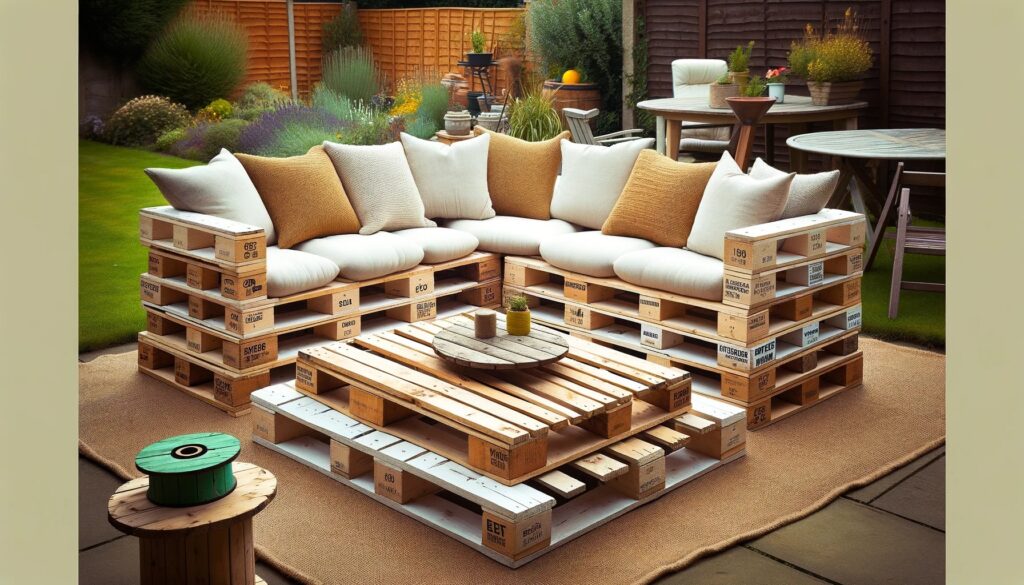Water damage can jeopardize the structural integrity of your property and drastically devalue it. Whether you’re struggling with an insidious leak or recovering from a flood, deciding on immediate action is crucial.
The unexpected nightmare of water damage accounts for a significant percentage of home insurance claims annually.
You need to understand the distinct types of water damage, their causes, prevention methods, and most importantly, the adequate professional solution.
Consulting specialists in assessing and repairing all scales of water damage is paramount to preserving and restoring your property value.
Make sure not to delay reaching out to waterdamagespecialist.com.au for the best comprehensive solutions in Melbourne.
Water Damage Categories
Understanding water damage starts with familiarizing yourself with the different categories. These categories vary, ranging from nutrient parameters to hydrology parameters.
What are Nutrient-related Parameters?
Nutrient-related parameters cover elements such as nitrogen and phosphorus. These can highlight the extent of nutrient pollution within water affected by damage.
How about Organic Matter Parameters?
Organic matter parameters, like BOD (Biological Oxygen Demand) and COD (Chemical Oxygen Demand), provide information about the biological quality of the damaged water.
What does pH Indicate in Water Damage?
The pH level of water dictates its acidity or alkalinity. This is crucial for understanding the chemical and microbial reactions that may occur due to water damage.
Why is Temperature Important?
The temperature of damaged water can imply possible heat sources or contaminants. Additionally, it impacts the rate of chemical reactions and affects aquatic life.
How Does Dissolved Oxygen Affect Water Quality?
Dissolved oxygen levels indicate biological health and activity in water bodies. Lower levels can signal severe contamination requiring immediate mitigation efforts.
What is the Hydrology Parameters’ Role?
Hydrology parameters include details like surface water inflow/outflow and residence time. These factors help assess the severity and source of the water damage.
Water Damage Causes
You may find various causes of water damage in your property. Recognizing these threats can help you address them appropriately to prevent costly damages.
Leaky Faucets and Pipes
A common source of water damage is from leaky faucets and pipes. Small signs of moisture or water droplets under sinks should not be overlooked.
Loose connections can cause leaks. You need to regularly inspect and replace worn-out gaskets, O-rings, and valve cartridges to ensure that everything stays watertight.
Appliances and Devices
Appliances like dishwashers and washing machines can also contribute to water damage issues. Regular inspections can prevent any undesirable situations.
Additionally, frequent maintenance checks on hoses for wear, cracks, or corrosion can make a difference. Immediate replacement at the first sign of wear is vital.
Drainage Problems
Clogs and debris in gutters can lead to drainage problems that may cause water damage. Ensuring proper downspout extension helps direct water away from your home’s foundation.
Rooftop Leaks
A damaged roof is another potential culprit behind water damage. Regularly inspect your roof for missing shingles or looseness, as these may lead to leaks inside your property.
Window and Door Leaks
Both windows and doors are potential entry points for damaging water. Checking their seals for gaps or cracks could save you immense trouble later on.
Weatherstripping and caulk applications help to ensure a tighter seal, thereby minimizing possible water leaks.
Sump Pump Maintenance
Regular inspections and tests are crucial when it comes to maintaining your sump pump. An additional preventative measure is ensuring a proper battery backup for power outages.
Locating the Source
Identifying water leakage in your property necessitates keen attention to certain areas. Often, it’s hidden taps or rusted pipes causing the trouble.
Roofs and bathroom corners can also be culprits behind water damage. They are generally moist, and thus condensation often leads to slow but consistent leaks.
Your kitchen, basement, and garage aren’t immune either. Look for any signs of dampness or discoloration on walls, floors, and cabinets.
- Maintain a database: Keep records of reliable contractors who have done significant work in the past.
- Subcontractor directories: Use online platforms dedicated to subcontractor listings for various industries.
- Local classifieds: Place an advertisement in community papers when you need a local expert.
- Word-of-mouth: Leverage recommendations from your network to find reputable professionals.
You can also seek potential experts through public job postings on construction community forums. These spaces often have contractors keen on new projects.
Taking part in local industry events is another viable way. It provides opportunities to meet like-minded professionals ready to contribute their expertise.
Power Shut-Off Procedure
When faced with water damage, halting your power is paramount. First, pinpoint the main electrical service entrance to your residence.
Commonly housed in basements, utility rooms, or closets, this entrance features a main breaker or fuse regulating electricity flow.
To cut off power supply, simply switch the main breaker to “off” or remove the main fuse.
- Confirm Power is Off: Ensure complete shutdown by checking devices, lights, and appliances.
- Use Voltage Tester: Use a non-contact voltage tester or multimeter to confirm no remaining voltage at junction boxes or receptacles.
- Electrical Repairs: Switches, outlets, and light fixtures can now be safely repaired or replaced.
- Power Restoration: Subsequent to the completion of repairs, restore the power by flipping the breaker back on or reinstalling the fuse.
The efficacy of all components restored should then be thoroughly examined.
You successfully completed the power shutoff procedure helping avoid additional water damage risks.
Water Damage Mitigation
When confronted with water damage, quick action is important. It can save you thousands of dollars and prevent irreversible damage to your property.
Cost Estimates
The industry-standard practice involves quoting based on initial assessments with the possibility of supplementary quotes if additional work is needed.
Dissipation tasks such as tearing up flooring, spraying disinfectants, and using dehumidifiers might cost up to $7k for an 800 sq ft area.
Renting Equipment
If opting for DIY water mitigation, you may incur tool rental charges. These could range from $80/week for a dryer to $350/week for a flooring chipper.
An estimate of around $6k including fans and dehumidifiers could keep your property dry over 4 days.
Common Restoration Issues
If drywall absorbs too much moisture, it can be permanently damaged. Hence removal is usually the safest option despite being costlier.
Many homeowners recount feeling exploited by restoration companies. It’s crucial to have open discussions about damage assessments and potential costs.
Cleaning Up the Space
When water damage strikes, immediate action is crucial. You may feel overwhelmed, but reacting promptly can help prevent further problems.
Start the Process
Begin by removing water-soaked items. This includes carpets, furniture, and other valuables that have been impacted.
Note that drying out damp materials fast will prevent mold growth. Utilize fans to increase airflow.
Dealing with Electronics
If your gadgets have sustained water damage, unplug them immediately. Don’t use these devices before they’re entirely dry.
You may want to consult a professional to ensure safety before reusing any affected electronic items.
Sanitize Exposed Areas
Clean and disinfect all damaged areas thoroughly. It’s essential for nausea prevention and maintaining a healthy surrounding.
You can refer to the Clean My Space YouTube channel for practical visual directions on sanitizing affected spaces following water damage.
Windows Restoration Techniques
When dealing with water damage, windows often carry the brunt. Knowing some basic restoration techniques can save you valuable time and money.
Firstly, identify the extent of damage. Check if it’s just surface level or if deeper structural damage has occurred. This informs the right repair approach.
You typically need to dry out your windows to ensure no latent moisture causes further issues. Use towels, a hairdryer or even renting commercial dryers.
If there’s severe water infiltration, it may necessitate replacement of affected parts. Keep in mind, that professional assistance might be mandatory for extensive cases.
- Evaluating Damage Level: Ascertain the degree of water damage on the window. It could be surface-level discoloration or deeper structural impairment.
- Drying Out Windows: Removing all hidden moisture is crucial. Employ towels, and hair dryers or consider professional-grade dryers for thorough drying out.
- Repairing or Replacing: All damaged parts should be repaired, but in case of severe infiltration, replacement may be essential. Do not hesitate to seek professional help when necessary.
The above steps cover the basic scope for window restoration following water damage. For more details on specific repair methods, consult Angie’s list guide on repairing windows.
Regardless of severity, immediate attention minimizes possible damage and ensures the longer life of your windows, maintaining their aesthetic appeal and functional integrity.
Roofing & Exterior Restoration
Janney Roofing, renowned for its top-notch exterior restoration services, is merging forces with Legacy Restoration. This will enable them to extend their repertoire beyond Florida, reaching into new geographical markets.
Derek Janney’s Leadership
Derek Janney will maintain his CEO position as they proceed under the esteemed banner of Janney. His extensive experience ensures a seamless transition and a prosperous future.
The Benefit of Legacy Restoration
Legacy Restoration looks forward to embracing the retail knowledge and marketing expertise Janney Roofing brings to the table. This alliance presents exciting possibilities for growth.
Janney Roofing’s Future
The collaboration will provide Janney with an improved product range and trade options, allowing for expansion while preserving the notable brand loved by Florida locals.
Restoration and Rebuild Process
Experiencing water damage can be overwhelming. The first step to recovery is contacting your insurance company to notify them about the incident.
Organizing your expenses during this period can bring peace. Keep receipts and relevant documentation related to your living expenses for potential reimbursement.
Securing the property follows next. Boarding up cracked windows, fixing holes in the roof, or setting up temporary fencing are crucial steps to avoid further damage.
In the rebuilding process, it’s essential to:
- Hire a structural engineer- They will assess your property’s foundation, frame, and building envelope.
- Evaluate damaged components- Check floors, walls, and roofs to know what can be salvaged or replaced.
- Consider professional restoration- Work with experts who can retrieve seemingly irreparable items.
- Calculate cost-effectiveness- Decide whether restoration or replacement is more financially viable for severely damaged items.
Moving forward, acknowledge that such an episode can cause emotional distress. It’s essential to give yourself time and consider seeking professional help if needed.
Safety should also be a priority during cleanup. By wearing proper protective gear and avoiding hazards, you can ensure your well-being throughout the process.
Adequate documentation throughout the rebuilding phase is crucial. Regularly updating claims with repair requirements can expedite the restoration procedure.
While long-term recovery might seem daunting, prioritizing tasks based on expert reports can simplify the process. Account for both physical restorations and emotional healing in your action plan.
Empower Your Recovery
Water damage can seem overwhelming, but equipped with this guide, you’re ready to respond. For professional assistance in remediation, cleaning, and restoration after water damage- reach out to the experts at Water Damage Specialist. They’re here for your peace of mind.
